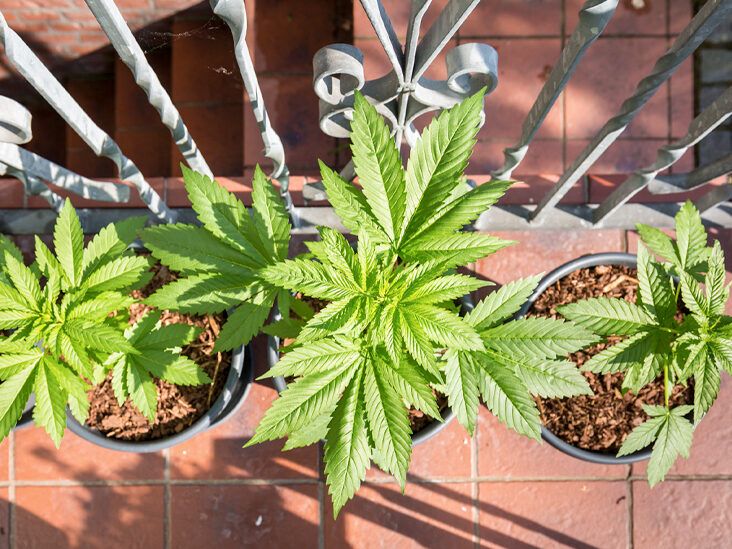- This topic is empty.
- AuthorPosts
- January 21, 2025 at 11:11 pm #542886

Hemp, scientifically known as Cannabis sativa, is a versatile plant that has been cultivated for thousands of years. It has gained significant attention in recent years due to its numerous industrial and medicinal applications.
One of the key distinctions in the world of hemp lies in its various types, each with its unique characteristics and purposes. In this article, we will explore the different types of hemp and their uses.
1. Industrial Hemp
Industrial hemp is perhaps the most well-known type of hemp. It is primarily cultivated for its fiber and seeds, which have a wide range of applications.
The fiber derived from industrial hemp is exceptionally strong and durable, making it suitable for the production of textiles, ropes, paper, and construction materials. It is also used in the automotive industry for manufacturing interior parts and bio-composites.
Additionally, hemp seeds are highly nutritious and can be used for making oil, protein powder, and even consumed as a healthy snack.
2. CBD-Rich Hemp
CBD, short for cannabidiol, is a non-psychoactive compound found in hemp plants. CBD-rich hemp varieties are specifically bred to have high levels of CBD and minimal amounts of THC, the psychoactive compound found in marijuana.
These hemp plants are primarily grown for their CBD content, which has gained significant popularity for its potential health benefits.
CBD is known for its calming and therapeutic properties and is commonly used to alleviate pain, reduce anxiety, and improve sleep quality.
The flowers and leaves of CBD-rich hemp are harvested and processed to extract CBD oil, which is then used in various wellness products such as oils, tinctures, capsules, and topicals.
3. Grain Hemp
Grain hemp, also known as hempseed or oilseed hemp, is cultivated for its nutritious seeds. These seeds are rich in essential fatty acids, protein, and various minerals, making them a valuable dietary source.
Grain hemp plants are typically taller and have more branches compared to other types of hemp. The seeds can be used in a variety of ways, such as a food ingredient, animal feed, or for pressing into hemp oil.
Hemp oil derived from grain hemp seeds is commonly used in cooking, skincare products, and as a supplement for its health-promoting properties.
4. Dual-Purpose Hemp
As the name suggests, dual-purpose hemp refers to hemp varieties that serve both industrial and CBD-related purposes. These types of hemp are cultivated to produce both fiber and CBD-rich flowers.
By utilizing the entire plant, farmers can maximize the economic value of their hemp crop. This type of hemp requires careful breeding and cultivation practices to ensure optimal fiber quality and CBD content.
Dual-purpose hemp is gaining traction in the industry as it offers the potential for diverse revenue streams.
5. CBG-Rich Hemp
CBG, or cannabigerol, is another non-psychoactive cannabinoid found in hemp plants. CBG-rich hemp varieties are specifically bred to have high levels of CBG.
CBG is often referred to as the “mother cannabinoid” because it is the precursor to other cannabinoids like CBD and THC. CBG has shown potential therapeutic properties, including anti-inflammatory, neuroprotective, and antibacterial effects.
CBG-rich hemp is cultivated for the extraction of CBG, which is used in various wellness products and research applications.
In conclusion, hemp is a versatile plant with different types that cater to various industries and purposes. Industrial hemp is valued for its fiber and seeds, CBD-rich hemp for its medicinal properties, grain hemp for its nutritional value, dual-purpose hemp for combined industrial and CBD benefits, and CBG-rich hemp for its unique cannabinoid content.
Each type of hemp offers its own range of benefits and applications, contributing to the growing popularity and utilization of this remarkable plant.
- AuthorPosts
- You must be logged in to reply to this topic.

